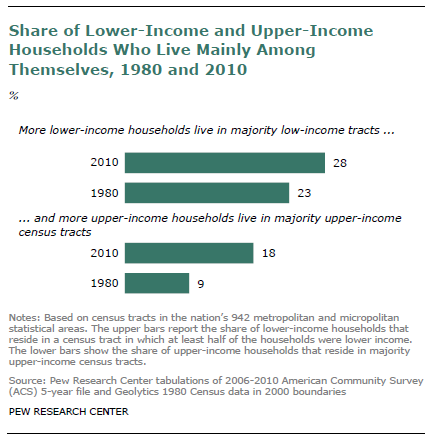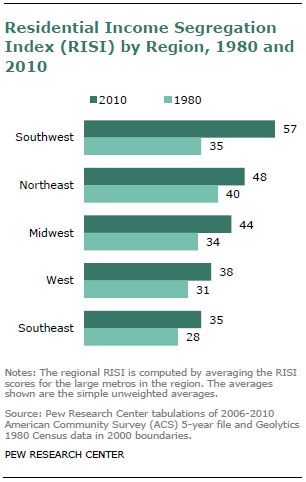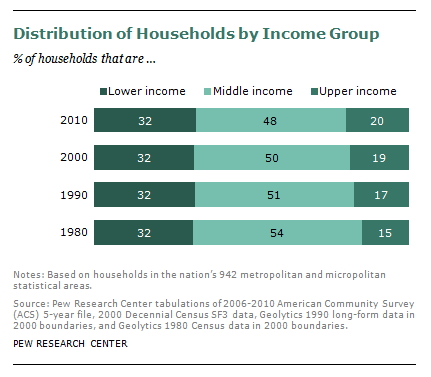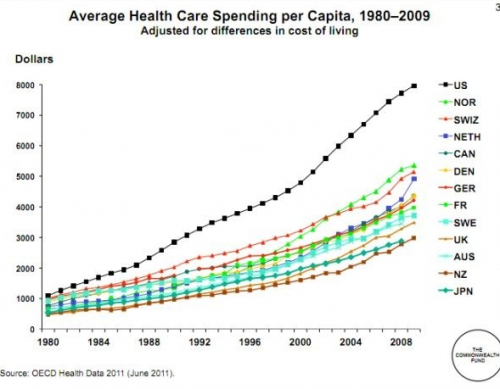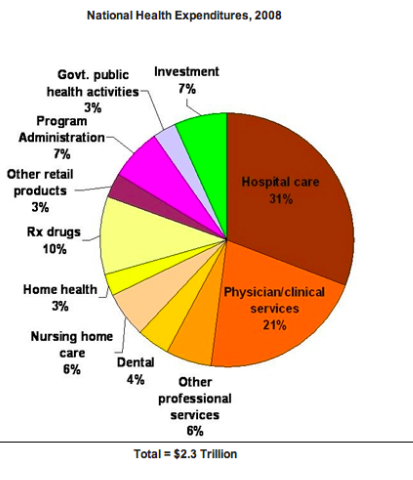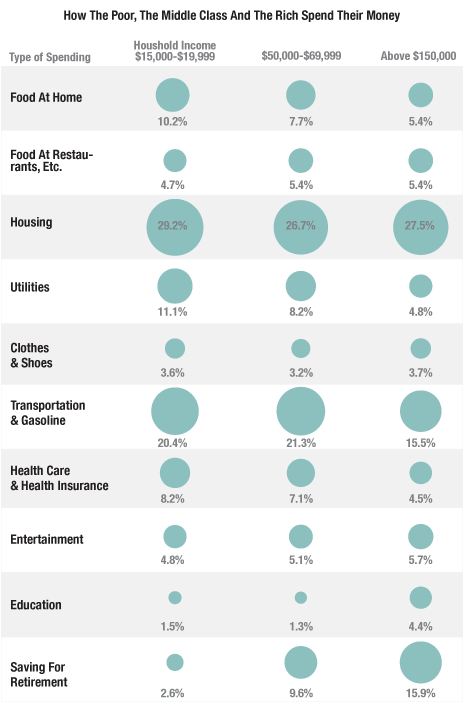Men and women in Western societies often look more different than they are naturally because of the incredible amounts of work we put into trying to look different. Often this is framed as “natural” but, in fact, it takes a lot of time, energy, and money. The dozens of half-drag portraits, from photographer Leland Bobbé, illustrate just how powerful our illusion can be. Drag, of course, makes a burlesque of the feminine; it is hyperfeminine. But most all of us are doing drag, at least a little bit, much of the time.
Here’s an example of one we have permission to use for the cover of our Gender textbook:
Many more at Leland Bobbé’s website.
Lisa Wade, PhD is an Associate Professor at Tulane University. She is the author of American Hookup, a book about college sexual culture; a textbook about gender; and a forthcoming introductory text: Terrible Magnificent Sociology. You can follow her on Twitter and Instagram.


